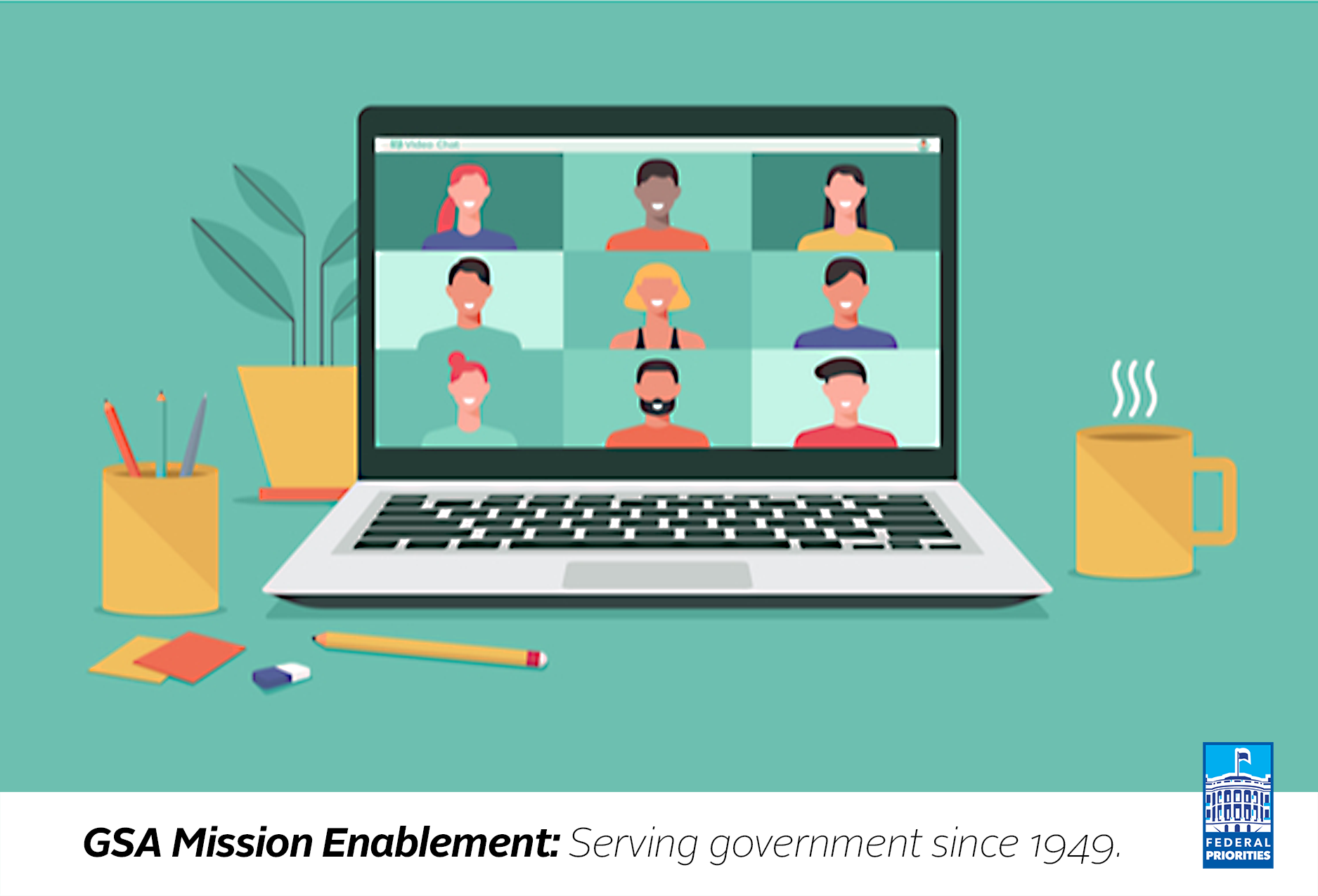
Accessibility starts with us
Post filed in: Policy
The mission of government is to serve all its citizens—including those with disabilities. Under Section 508 of the Rehabilitation Act, federal agencies must give those with disabilities (including employees and members of the public) access to information comparable to the access available to others. This means that agencies must ensure that all technology and digital services we buy, build, and use are accessible to everyone.
When talking with federal employees about accessibility, they agree this is something we want—and need—to do, and do well. The problem is that many federal employees don’t really understand how to apply accessibility principles to their work.
GSA is tasked with helping federal agencies comply with Section 508 by providing guidance, tools, and training to improve accessibility. GSA’s goal is to help other agencies take proactive steps to make their digital content and systems available to all. This is the first in a series of posts that will highlight ways in which agencies can embrace accessibility.
Buy IT that is accessible to all
One of the ways GSA ensures accessibility in the IT procurement process is with the Accessibility Requirements Tool (ART). ART offers standardized language that agencies should incorporate into their acquisition documents when procuring IT solutions and services. Including the correct requirements upfront during acquisition ensures that all IT purchases meet 508 requirements, and binds contractors to comply with the law.
Build accessible digital services
When products are designed to be accessible from the ground up, the results not only support access for people with disabilities, but products are often much easier for everyone to use. Concepts such as universal design have become commonplace in the design world, because they make sense for both businesses, and end users. GSA offers a wealth of information and training to help agencies use concepts like universal design to build products and services that are accessible and easy to use, including:
- How to create accessible digital products - Section508.gov
- Design principle - embrace accessibility - US Web Design System (USWDS)
- Accessibility training playlist - Digital.gov
Ensure common business tools are accessible
As the federal workforce (along with the rest of the world) shifted to a more virtual environment in 2020, video meetings became a normal part of our workday. But some virtual meeting tools have proven to be more accessible than others. GSA recently published new guidance on how to create accessible meetings.
As many people begin returning to the office, we will need to navigate a world of hybrid meetings, with some participants in-person, and some attending virtually. Accommodating different working environments can be a challenge, but it’s critical to keeping the “business of government” operating both efficiently and with accessibility in mind.
What’s next?
Think about how you address accessibility in your own work. If you are involved in purchasing IT for your team, use the ART tool to find the right requirements language to ensure contracts, products, and services are accessible. If you support a federal website or digital service, educate yourself on how to build products that are accessible. When you host meetings, both with internal teams, and external customers, ensure the meeting tools you use are accessible.

 U.S. General Services Administration
U.S. General Services Administration
